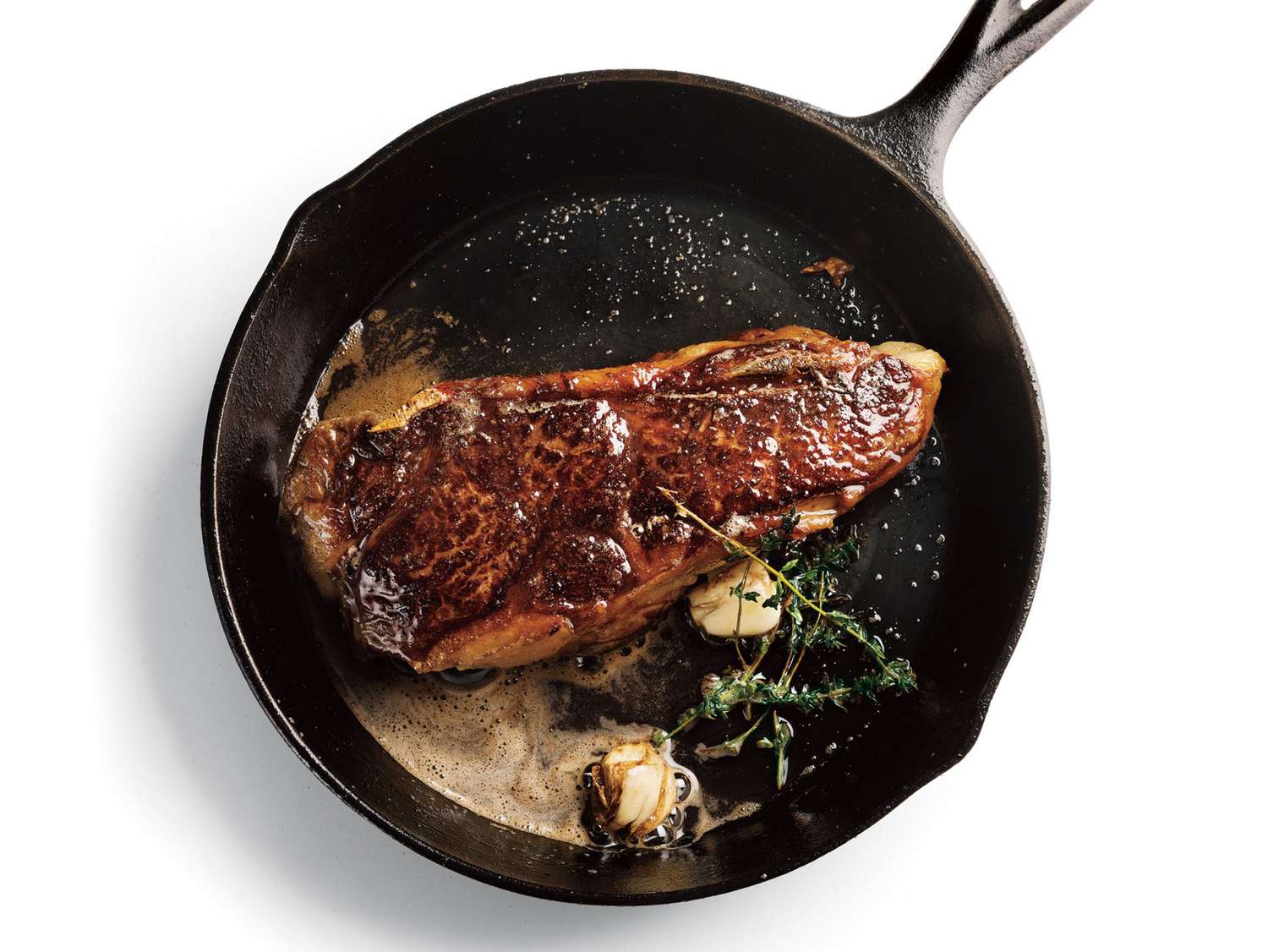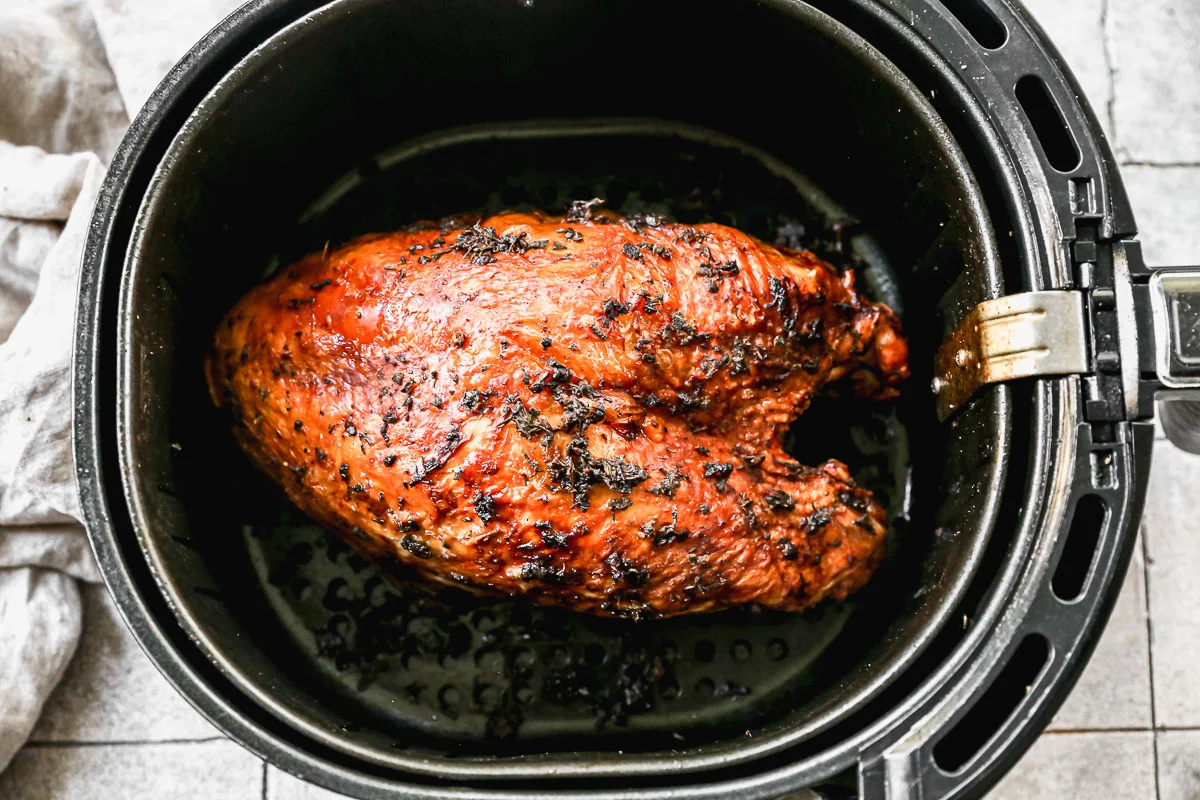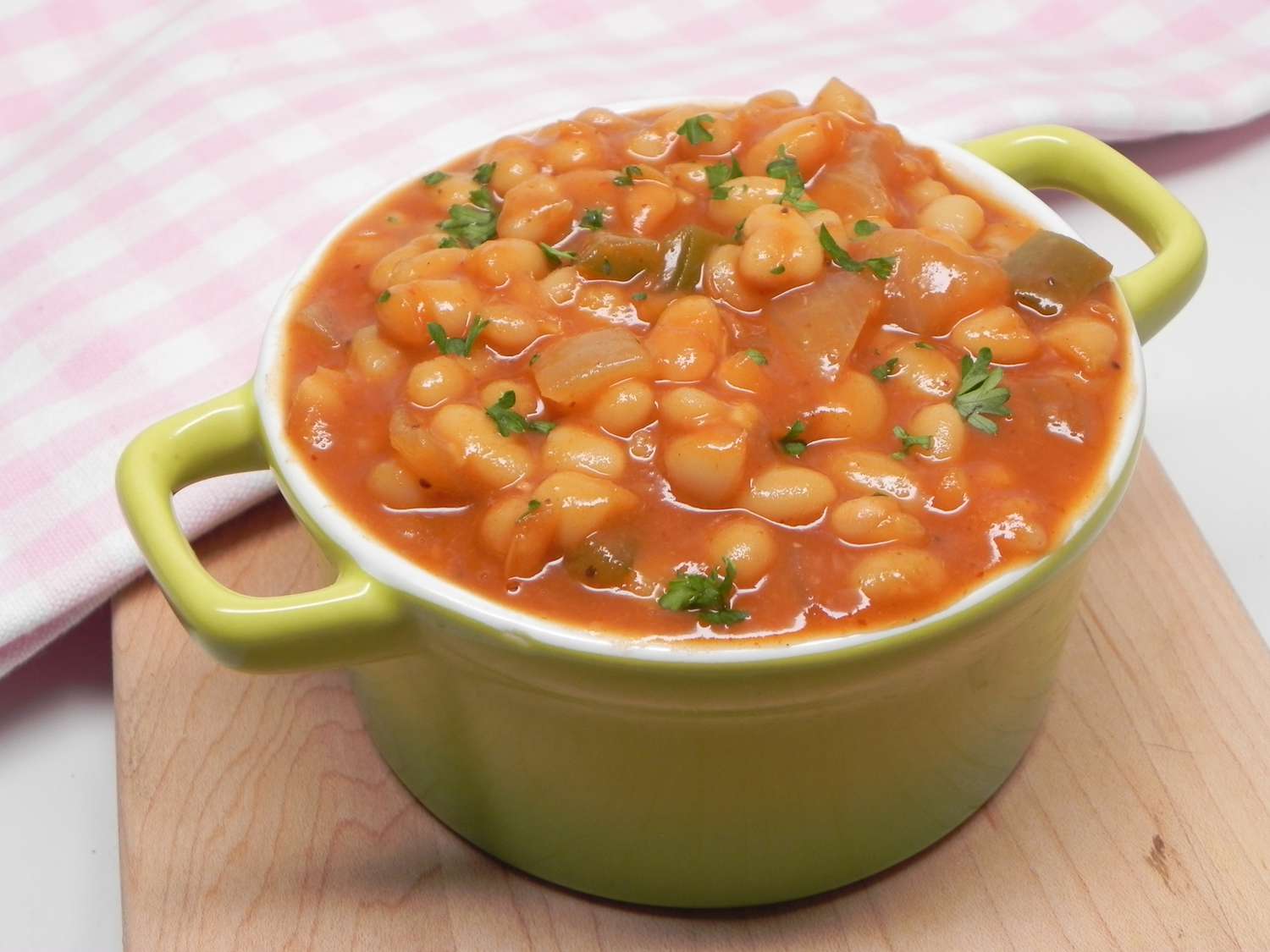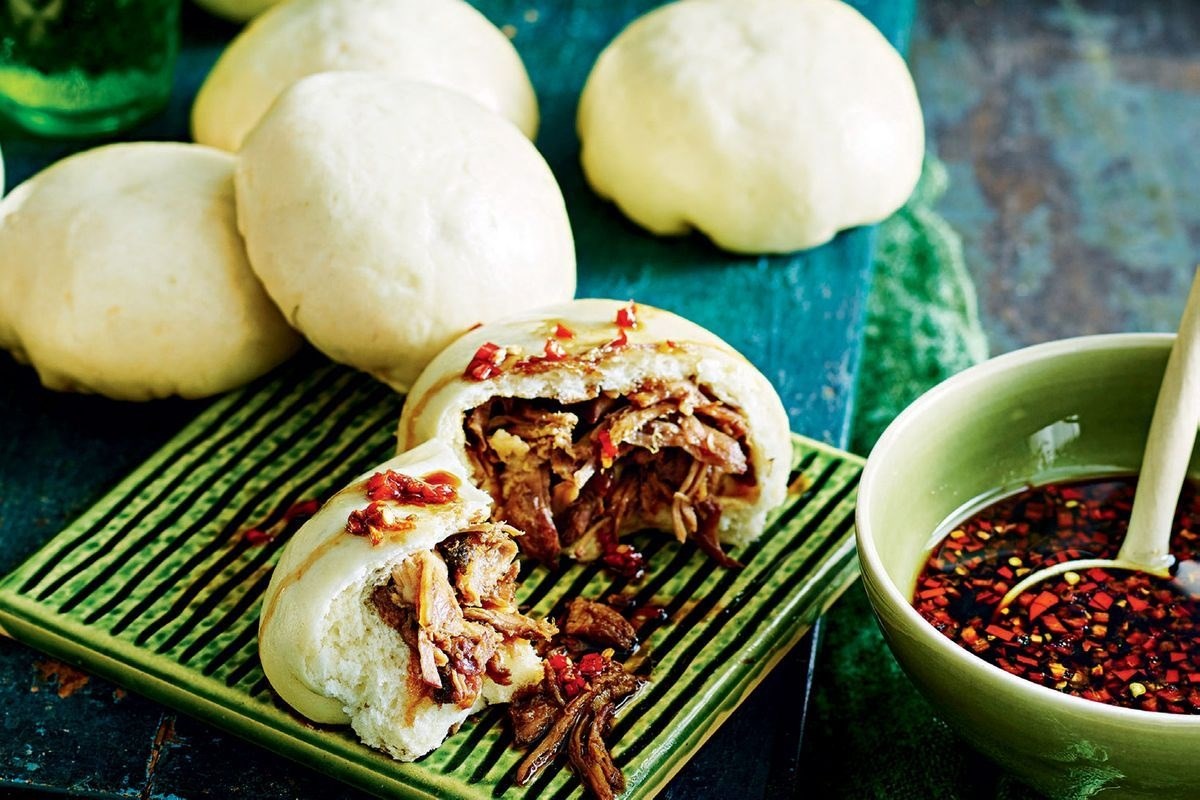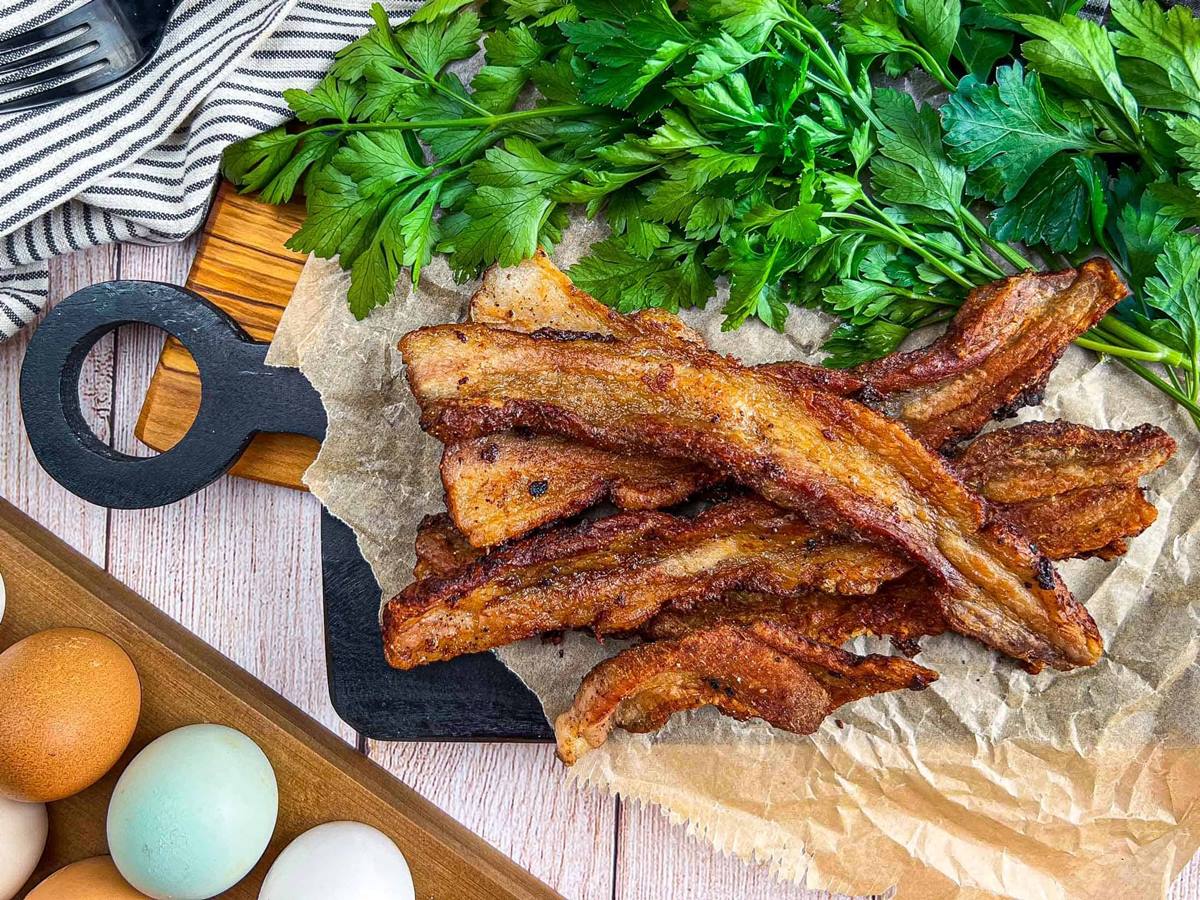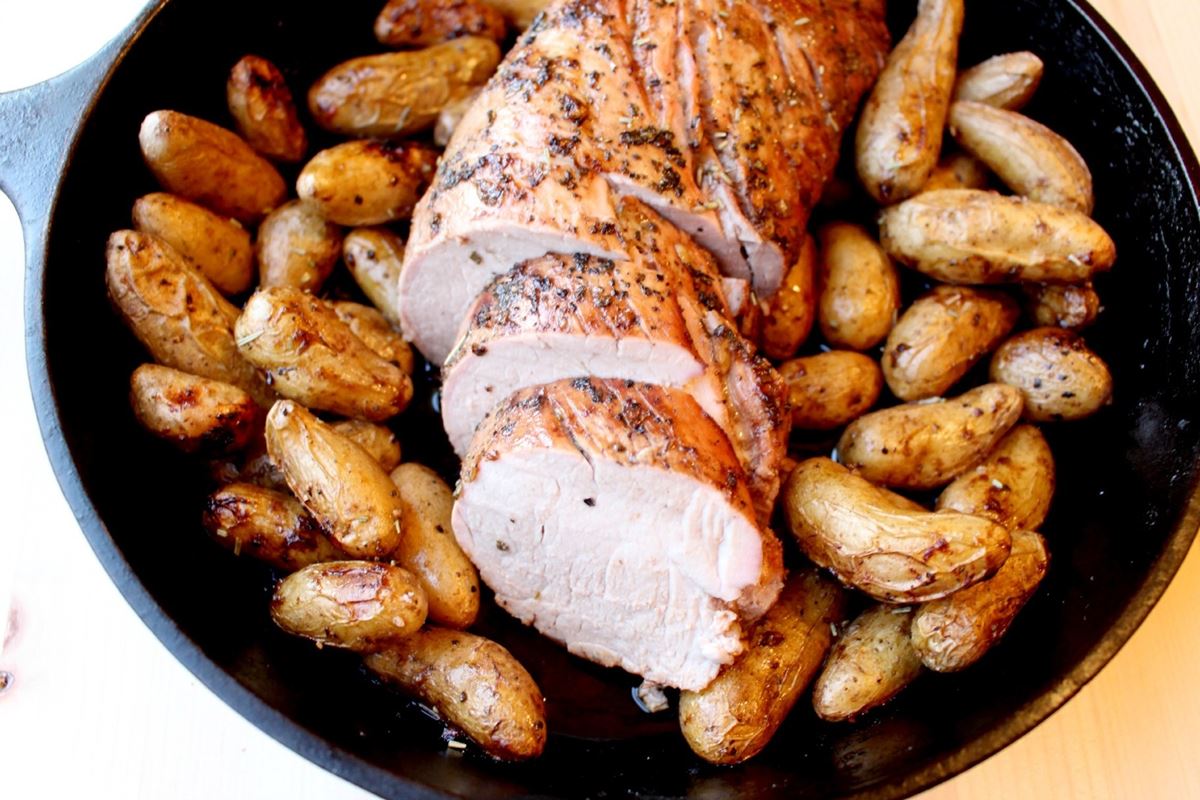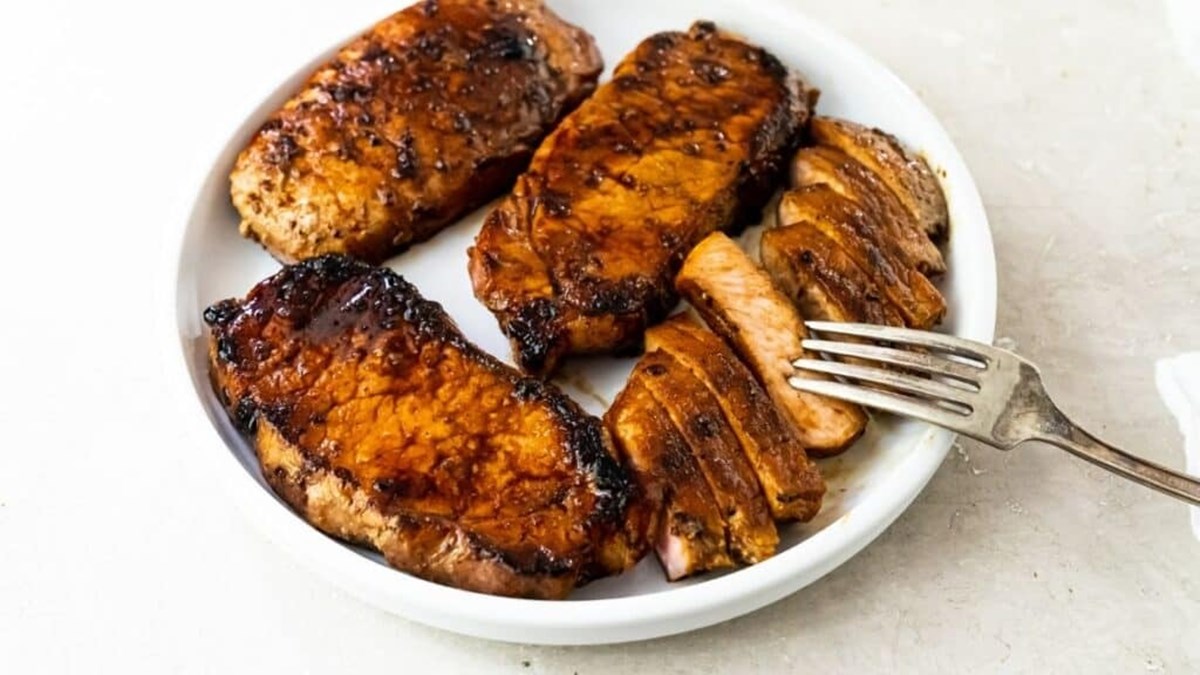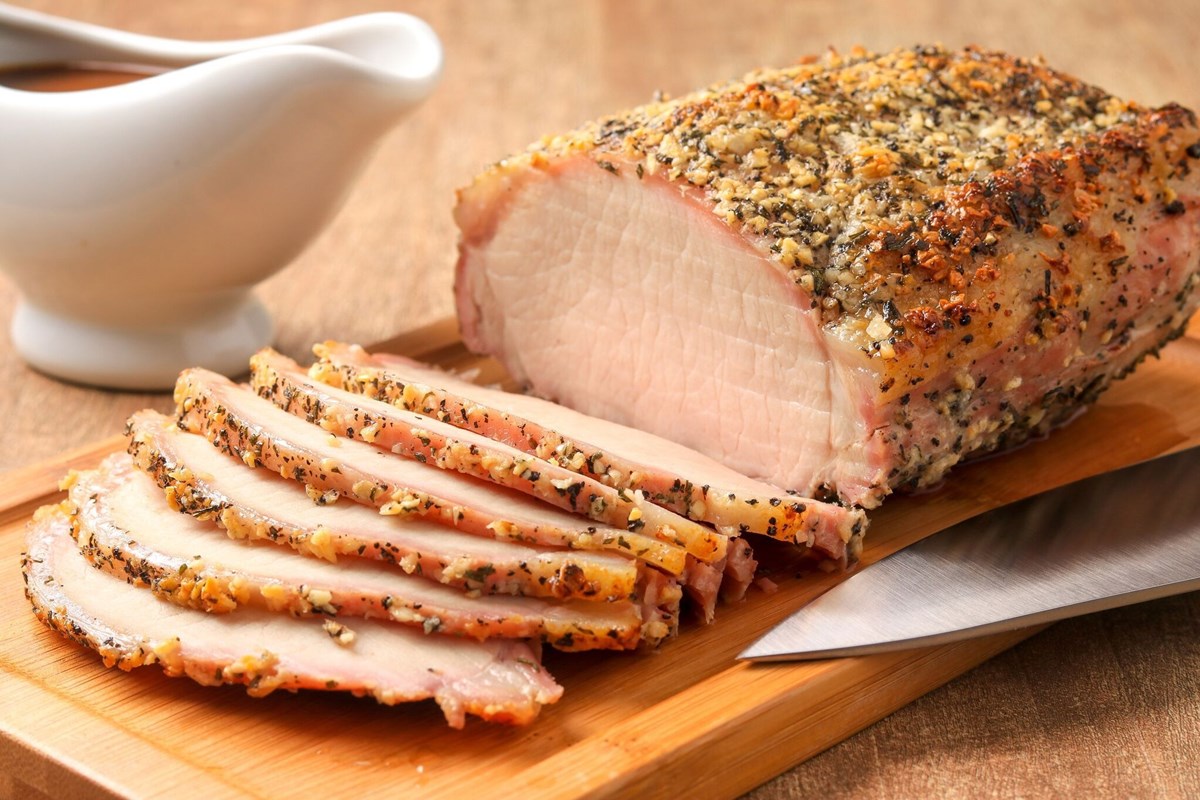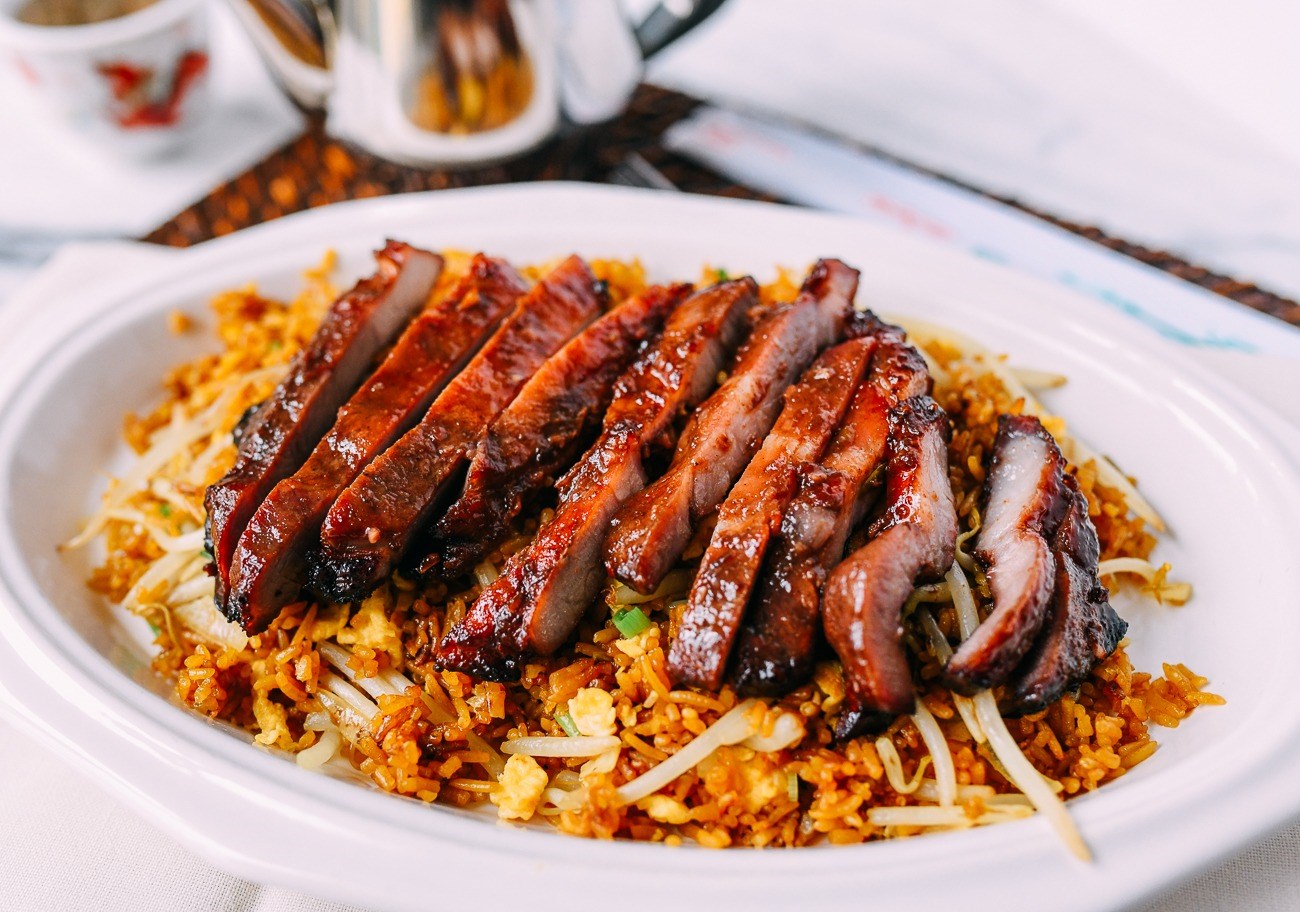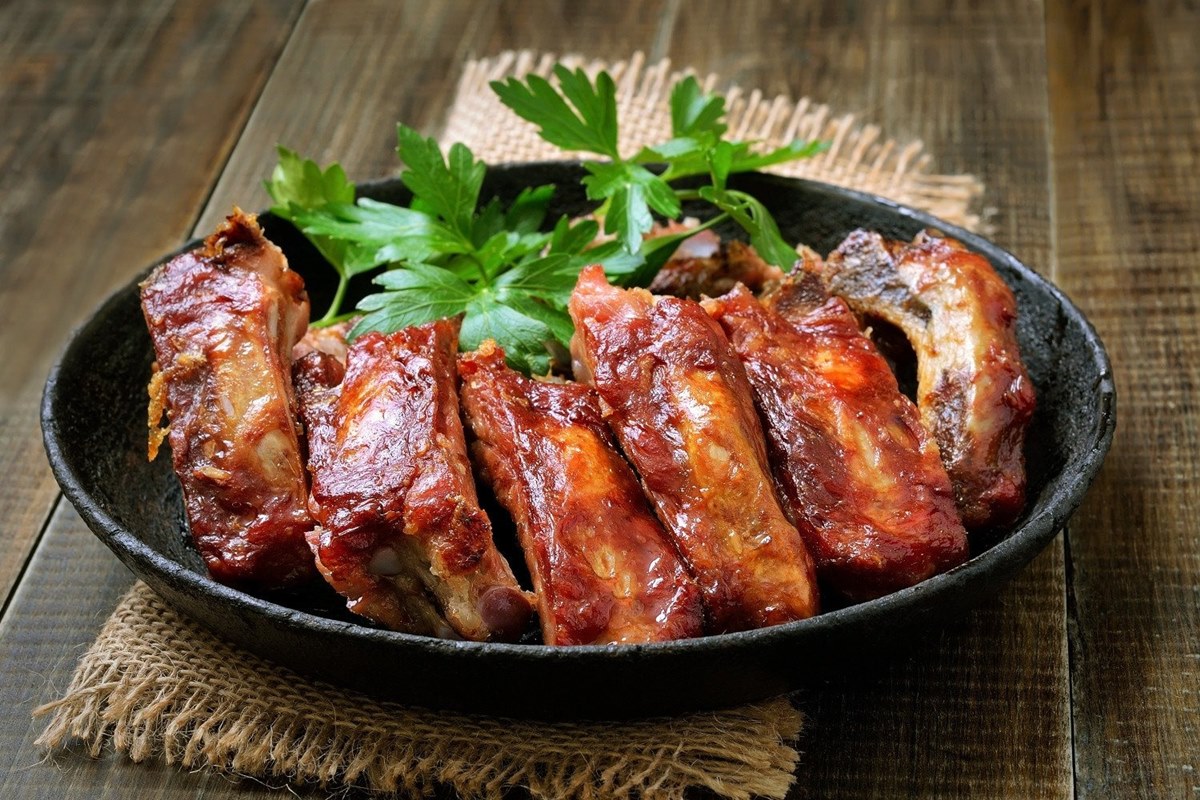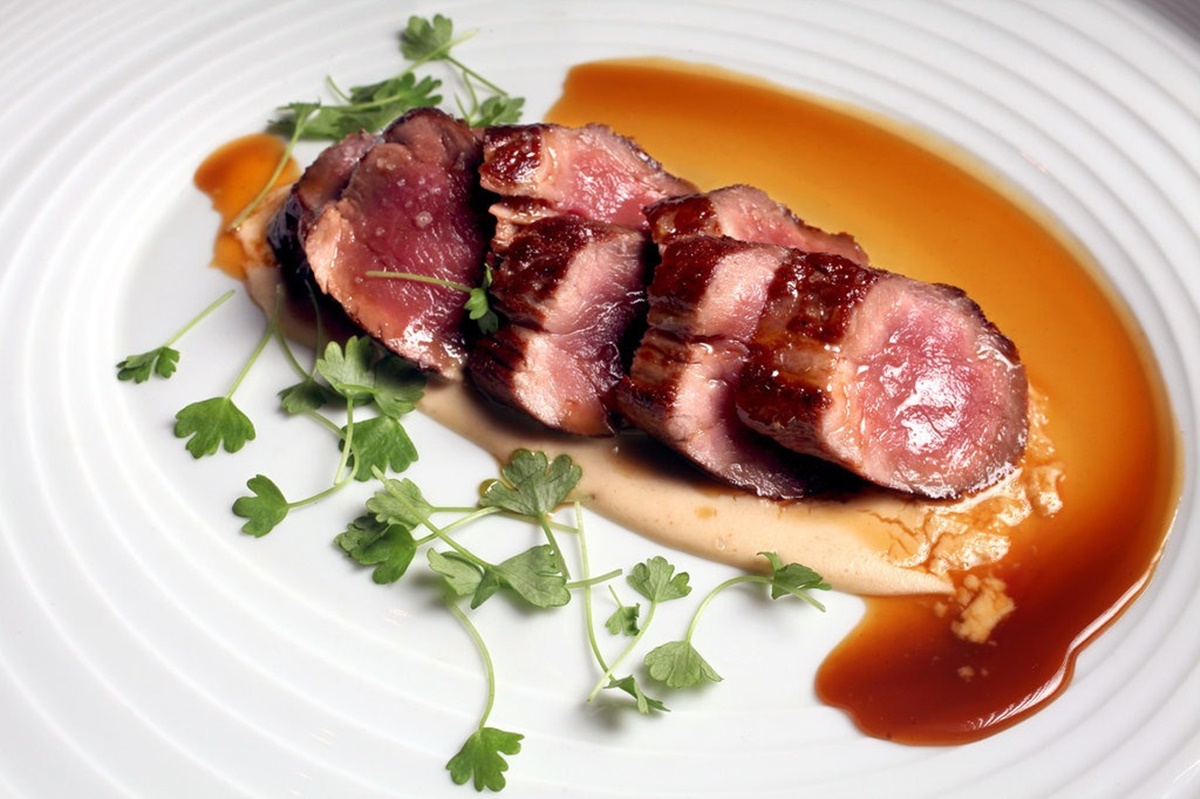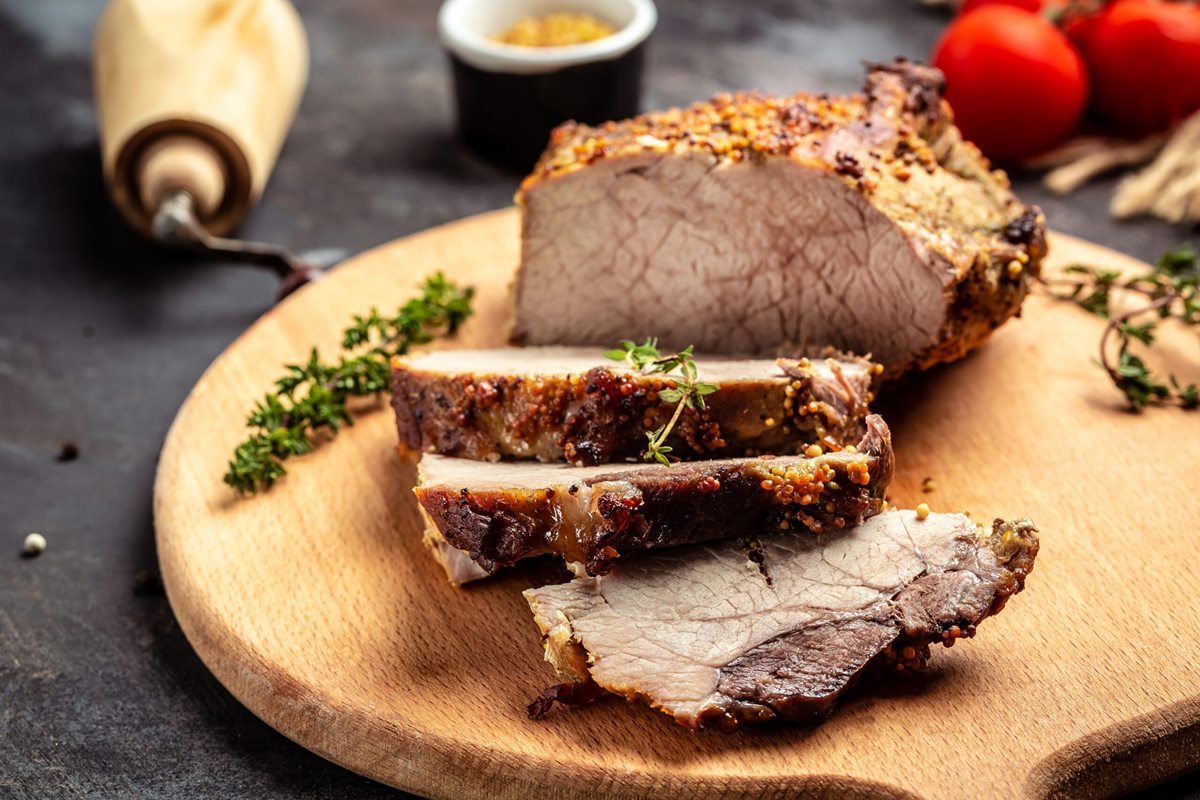Cooking Chinese Style Cured Pork Strips: A Delicious and Flavorful Recipe
Chinese cuisine is renowned for its bold flavors and unique preparation techniques. One dish that stands out for its distinct taste is Chinese style cured pork strips. This delectable and savory dish is perfect for meat lovers who want to try something different. In this blog post, we will take you through a step-by-step guide on how to cook Chinese style cured pork strips that will satisfy your taste buds.
What You Will Need:
- 1 pound of pork belly
- 4 tablespoons of soy sauce
- 2 tablespoons of brown sugar
- 2 tablespoons of Chinese cooking wine
- 2 cloves of garlic, minced
- 1 tablespoon of five-spice powder
- 1 teaspoon of white pepper
- 1 teaspoon of sesame oil
- Salt, to taste
Step-by-Step Recipe:
Step 1: Prepare the Pork Belly
Start by cleaning the pork belly and patting it dry with paper towels. Cut the pork belly into thin strips, about half an inch wide. This will allow the flavors to penetrate the meat more effectively and give it a delicious taste.
Step 2: Marinate the Pork Belly
In a bowl, mix together the soy sauce, brown sugar, Chinese cooking wine, minced garlic, five-spice powder, white pepper, sesame oil, and a pinch of salt. Stir well until all the ingredients are fully combined.
Place the pork belly strips in a ziplock bag or a shallow dish, and pour the marinade over the meat. Make sure that each strip is thoroughly coated with the marinade. Seal the bag or cover the dish and refrigerate for at least 2 hours, or ideally overnight. This will allow the flavors to infuse into the meat, making it more tender and flavorful.
Step 3: Cook the Pork Belly
Preheat your oven to 350°F (175°C). Line a baking tray with aluminum foil for easier cleanup. Place the marinated pork belly strips on the tray, ensuring they are spread out evenly and not touching each other.
Bake the pork belly in the preheated oven for about 25-30 minutes, or until the edges are crispy and the meat is cooked through. To achieve a more caramelized and sticky texture, you can brush the meat with the remaining marinade halfway through the cooking process.
Step 4: Serve and Enjoy
Once the pork belly is cooked to perfection, remove it from the oven and let it cool for a few minutes. Arrange the strips on a serving plate and garnish with some chopped green onions or cilantro for an extra burst of freshness.
Chinese style cured pork strips can be enjoyed on their own as a tasty appetizer or used as a flavorful addition to stir-fries, noodles, or rice dishes. The rich and savory flavors of this dish are sure to impress your family and friends.
Now that you know how to cook Chinese style cured pork strips, embrace the opportunity to recreate the authentic flavors of Chinese cuisine in your own kitchen. Experiment with different seasonings and spices to personalize the taste and make it your own. Enjoy!
For anyone eager to try their hand at cooking Chinese style cured pork strips, a variety of recipes offer a delightful way to explore this ingredient. Start with Chinese Style Cured Pork Fried Rice Recipe for a straightforward introduction, blending the savory pork with fluffy rice. Those who enjoy a mix of meat and vegetables might find Chinese Style Cured Pork and Vegetable Stir-Fry Recipe particularly satisfying. For noodle lovers, the Chinese Style Cured Pork and Egg Noodles Recipe provides a hearty and flavorful meal. If greens are more your style, consider the Chinese Style Cured Pork and Bok Choy Stir-Fry Recipe, which pairs the cured pork with the crispness of bok choy. Each of these recipes highlights the versatility of cured pork strips, making them a must-try for anyone looking to expand their culinary skills.
Was this page helpful?
Read Next: How To Cook Pork Hocks In Slow Cooker
